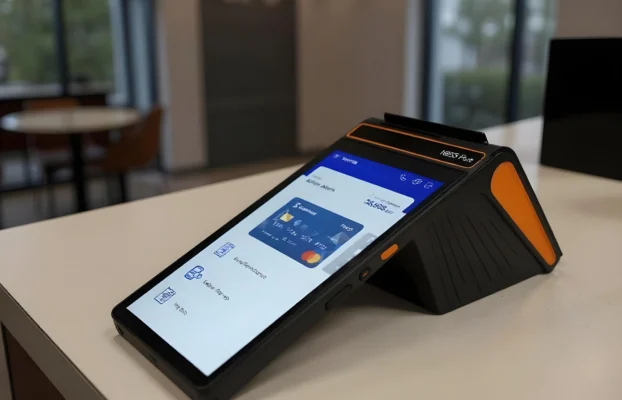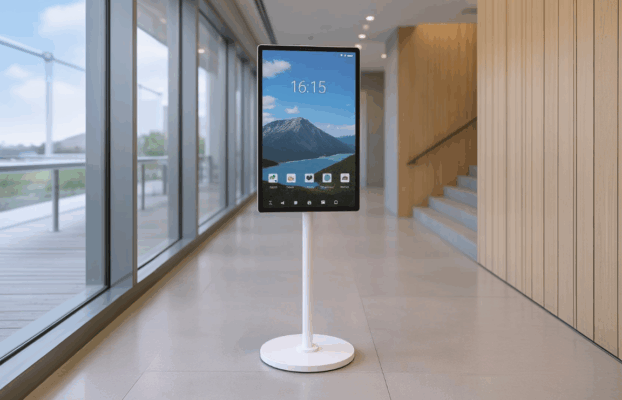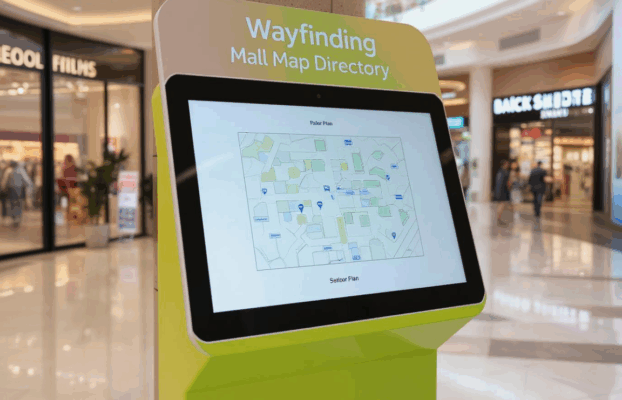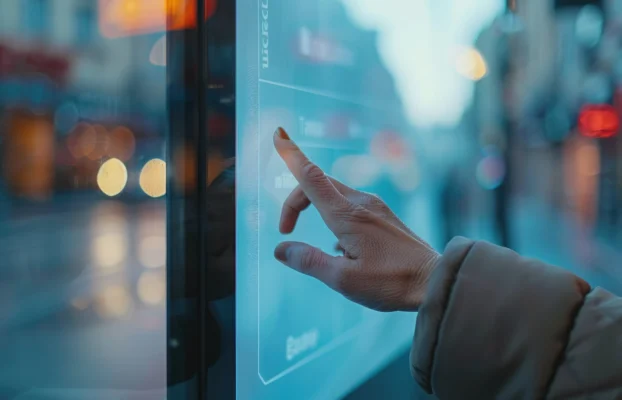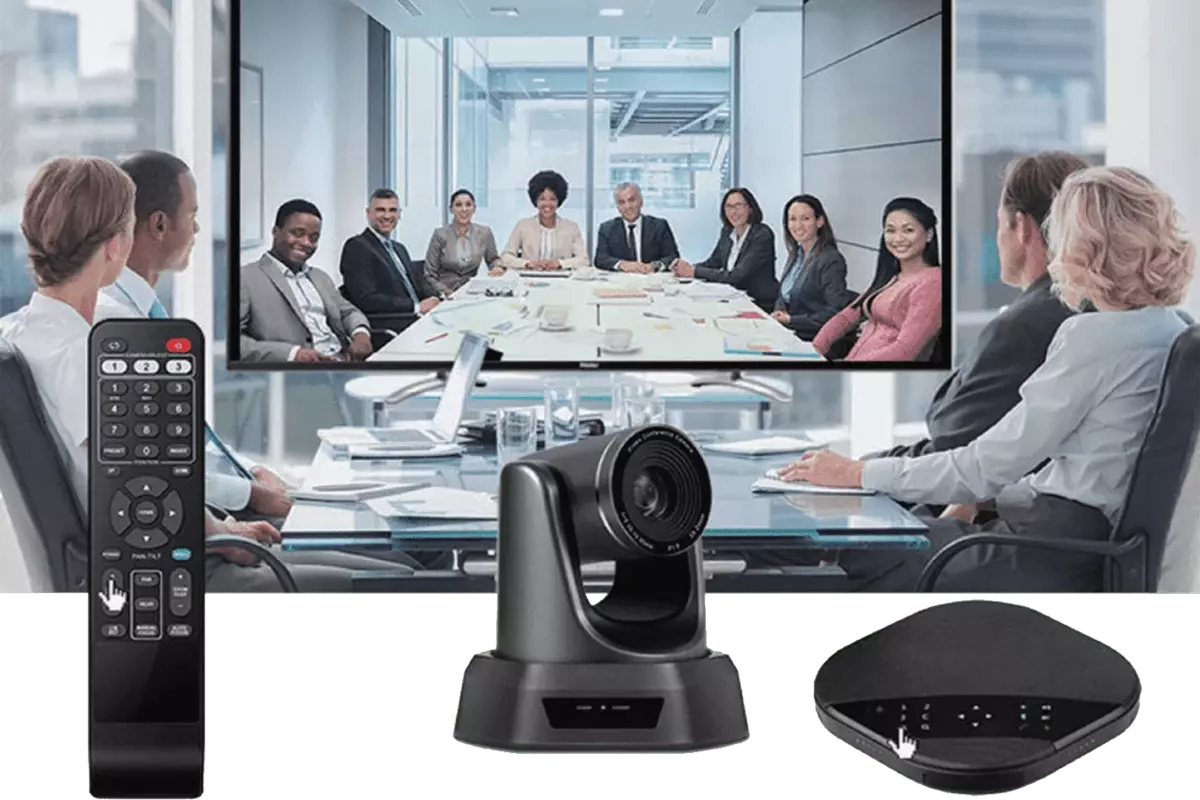
Discover how advancements in video conferencing are shaping the way we communicate, collaborate, and connect globally. Stay informed about the latest innovations, from virtual reality integration and AI-powered features to enhanced security and immersive meeting experiences.
Introduction
In the fast-paced world of business, effective communication and collaboration are crucial for success. The advent of video conferencing has revolutionized the way people connect, allowing seamless interactions across distances. As technology continues to evolve, the future of video conferencing holds even greater promise. This article explores the trends and technologies shaping the landscape of video conferencing and discusses their impact on businesses and individuals alike.
The Rise of Video Conferencing
Video conferencing has experienced exponential growth in recent years, driven by the need for remote collaboration, cost savings, and enhanced connectivity. Organizations of all sizes have adopted video conferencing solutions as a standard communication tool. The COVID-19 pandemic further accelerated this trend, as remote work became the new norm.
Trends Shaping the Future
1. Enhanced Audio and Video Quality
As bandwidth capabilities improve, video conferencing platforms are striving to provide high-definition audio and video experiences. Crystal-clear visuals and immersive sound quality enhance the overall meeting experience, enabling participants to communicate effectively and engage with one another.
2. Artificial Intelligence and Machine Learning Integration
Artificial Intelligence (AI) and Machine Learning (ML) technologies are being integrated into video conferencing systems, enabling advanced features like automatic transcription, real-time language translation, and intelligent background noise cancellation. These AI-powered enhancements optimize communication and productivity during meetings.
3. Virtual Reality and Augmented Reality
Virtual Reality (VR) and Augmented Reality (AR) technologies are poised to transform the video conferencing landscape. With VR, participants can immerse themselves in virtual meeting spaces, creating a sense of presence and enhancing collaboration. AR, on the other hand, overlays digital information onto the real-world environment, allowing for interactive and engaging virtual meetings.
4. Cloud-Based Solutions
Cloud-based video conferencing solutions offer scalability, flexibility, and easy accessibility. By leveraging cloud infrastructure, businesses can seamlessly connect teams across different locations, ensuring smooth communication and collaboration. Cloud solutions also provide advanced security measures, data backup, and automated software updates, reducing maintenance efforts for organizations.
5. Collaboration Tools
The future of video conferencing lies in the integration of robust collaboration tools. Document sharing, real-time annotation, virtual whiteboards, and screen sharing features enable participants to collaborate effectively during meetings. These tools facilitate brainstorming, decision-making, and project management, enhancing productivity and driving innovation.
Technological Advancements
As technology advances, video conferencing continues to evolve, incorporating cutting-edge solutions to enhance user experience and functionality.
1. 5G Connectivity
The rollout of 5G connectivity brings increased bandwidth, reduced latency, and improved network reliability. This technological leap enables seamless video conferencing experiences, eliminating buffering, and delivering high-quality audio and video in real-time. With 5G, participants can engage in smooth and uninterrupted virtual meetings, regardless of their location.
2. Internet of Things (IoT)
The integration of IoT devices with video conferencing systems opens up new possibilities for seamless interactions. IoT-enabled sensors, cameras, and smart devices can enhance meeting experiences by providing context-aware information, such as automatic room setup, personalized preferences, and intelligent meeting controls. This integration streamlines the user experience and creates more efficient and effective meetings.
3. Edge Computing
Edge computing brings processing power closer to the source of data, reducing latency and improving performance. In the context of video conferencing, edge computing enables real-time video processing, enhancing video quality, and minimizing lag. This technology ensures smooth communication and a more immersive meeting experience for participants.
4. Blockchain Integration
Blockchain technology has the potential to enhance security and privacy in video conferencing. By leveraging blockchain’s decentralized and immutable nature, video conferencing platforms can ensure secure authentication, data encryption, and tamper-proof recording of meeting proceedings. Blockchain integration instills trust and transparency, addressing concerns around data privacy and unauthorized access.
Benefits and Impact of Video Conferencing

It benefits for businesses and individuals, revolutionizing communication and collaboration.
1. Increased Productivity and Efficiency
Video conferencing eliminates the need for travel, allowing for efficient communication and collaboration regardless of geographical distances. Teams can conduct meetings, make decisions, and exchange ideas in real-time, accelerating project timelines and driving productivity. Additionally, the ability to record meetings enables participants to revisit discussions, improving information retention and minimizing misunderstandings.
2. Cost Savings and Environmental Impact
By reducing travel expenses and the need for physical meeting spaces, video conferencing offers significant cost savings for businesses. Companies can allocate their budgets more efficiently and invest in other areas of growth. Moreover, the environmental impact of commuting and business travel is greatly reduced, leading to a greener and more sustainable future.
3. Global Reach and Remote Work
Video conferencing breaks down geographical barriers, enabling organizations to connect with clients, partners, and employees from all around the world. It opens up opportunities for global expansion, fostering international collaborations and expanding market reach. Additionally, video conferencing plays a crucial role in facilitating remote work, allowing employees to work from anywhere while maintaining effective communication and collaboration.
4. Improved Communication and Collaboration
This solution enhances communication by providing visual cues and non-verbal expressions, which are crucial for effective understanding and engagement. Face-to-face interactions foster a sense of connection and build trust among participants, leading to stronger working relationships. Additionally, the availability of collaboration tools mentioned earlier enables teams to work together seamlessly, sharing ideas, documents, and feedback in real-time.
Challenges and Future Considerations of Video Conferencing
There are challenges and considerations that need to be addressed to maximize its potential.
1. Security and Privacy Concerns
Ensuring the security and privacy of communications is crucial. Measures should be taken to protect sensitive data, prevent unauthorized access, and encrypt communication channels. Additionally, platforms need to comply with data protection regulations and provide transparent privacy policies to build trust among users.
2. User Experience and Accessibility
User experience plays a vital role in the success of video conferencing. Platforms should strive to offer intuitive interfaces, seamless connectivity, and user-friendly controls. Accessibility features, such as closed captioning and screen reader compatibility, should also be incorporated to ensure inclusivity for individuals with disabilities.
3. Integration and Compatibility
It lies in its integration with other tools and platforms. Seamless integration with project management systems, customer relationship management software, and productivity tools can streamline workflows and enhance productivity. Additionally, ensuring compatibility across different devices and operating systems will facilitate widespread adoption and usage.
Conclusion
The future of video conferencing is filled with exciting possibilities. As trends and technologies continue to shape the landscape, businesses and individuals can expect enhanced audio and video quality, integration of AI and ML, advancements in VR and AR, cloud-based solutions, and powerful collaboration tools. With the support of 5G connectivity, IoT integration, edge computing, and blockchain technology, video conferencing will offer seamless and immersive meeting experiences.
The benefits of video conferencing are far-reaching, including increased productivity, cost savings, global reach, and improved communication and collaboration. However, challenges such as security, user experience, and integration need to be addressed to unlock the full potential of video conferencing. By leveraging these advancements and overcoming the challenges, businesses can embrace the future of video conferencing and empower their teams to connect, collaborate, and succeed in the digital age.

